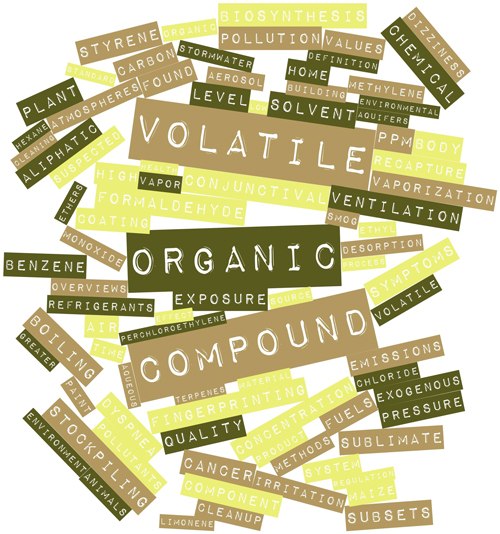
Four things you may not know about VOC testing
VOC testing, or volatile organic compound testing, is the process of finding specific chemical contaminants that have been released into the air. Most individuals are unaware of the importance of finding and locating these chemical contaminants in both residential and commercial properties. That is why AirMD put together four things that you may not know about VOC testing and how these chemical contaminants can negatively impact your health.
1. VOC testing finds and locates toxic compounds including but not limited to formaldehyde, benzene, toluene, and xylene.
2. It works to improve air quality by reducing symptoms such as headaches, nose and throat irritations, and even eye irritations.
3. VOC testing helps to improve the health of the environment and inhabitants by eliminating airborne chemicals that can be easily inhaled and do damage to your health.
4. It helps to pinpoint where volatile organic compounds originate from and where they have been released to. Most chemicals have no warning signs such as bad odors, so they cannot be detected quickly without the assistance of VOC testing.
Most individuals are surprised to learn more about the adverse effects VOCs can have on them and how they can be present indoors. This is why AirMD urges most individuals to seek VOC testing for their homes and offices. Our trained staff will visit your residential or commercial property to test for the presence of any VOCs and safely remove them so that your building remains a safe environment for all those who live and work there.
To make an appointment to set up lead testing, call us today at 1-888-462-4763 or 1-888-Go-AIRMD. We also offer allergen testing, asbestos testing, asbestos surveys, lead testing, lead paint testing, water testing, allergy testing, VOC testing, mold testing, water quality and so much more. You can also look around our webpage to see what other services we have to offer to you and your household.







